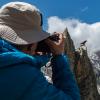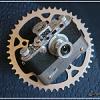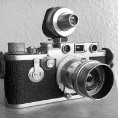Forthcoming S-lens(es)...
-
Recently Browsing 0 members
- No registered users viewing this page.
-
Similar Content
-
- 100 replies
- 3,803 views
-
- 6 replies
- 352 views
-
- 3 replies
- 442 views
-
- 16 replies
- 754 views
-
First SL lens
By Orson,
- 9 replies
- 536 views
-





Recommended Posts
Join the conversation
You can post now and register later. If you have an account, sign in now to post with your account.
Note: Your post will require moderator approval before it will be visible.